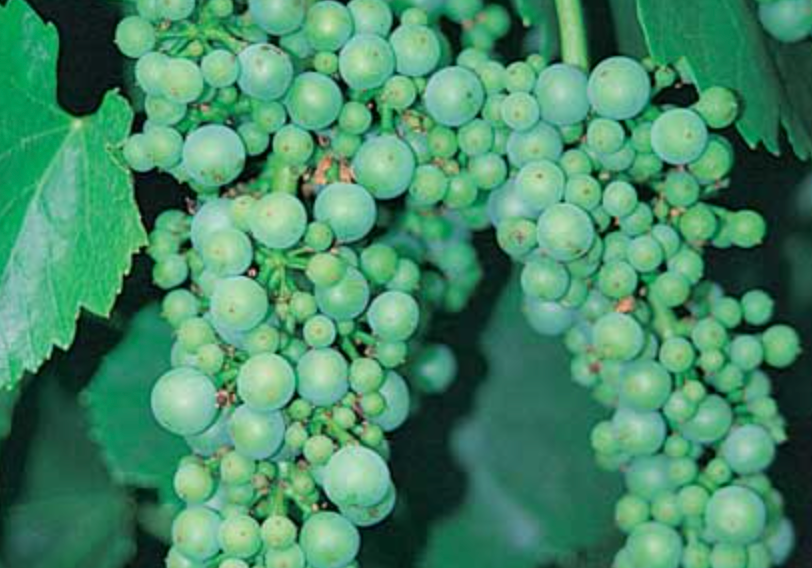Whale watching - a piece of the Antarctic in Sydney
- Caroline Choi
- Jun 12, 2023
- 3 min read
Every year around this time of year (June-Aug), the majestic humpback whales migrate from the Antarctic up towards warmer waters to breed. As they migrate, they travel up close to the coast, close enough for them to be seen from shore as they come up to breathe or slap the water with their fluke, fin or head. You can see them all along the coast of New South Whales but a local spot for me is at Cape Solander.

The beauty about this spot is that you can go for a nice hike as well, as there is a lovely easy hiking trail along the coast. We walked up to the lighthouse and at an easy stroll took about an hour one way. You can go all the way around to Cronulla but we went to the lighthouse and walked back. Below is the spectacular view from the cliff edge near the lighthouse.


If you're wondering which time of day you are more likely to see whales, then according to experts the best time of day to spot them is from 11am to 3pm. However I have read elsewhere that they often may be more active in the morning. We went at about 9:30 am and found that we were able to sight a lot more whales than at the end of our walk. We didn't stay longer to see if there was a resurgence in numbers but we did see quite a lot of them. One particular whale was pretty playful and make some big splashes but I didn't end up capturing it. I was too busy being amazed by what I was seeing that I completely forgot to take out my phone / camera lol... I guess you'll have to go see it for yourself now.
For those looking for a closer encounter, you can also book a whale watching tour from Cronulla or there are a few that go from Sydney harbour.
If you do miss the whale watching over the new couple of months, they also do come back to head back south with their calf (Sep-Nov). They actually swim closer to the shore when they migrate back to the south. This made me curious as to why they would swim so close to the shore and there are two reasons that really resonated with me as a parent. One is to protect their calf from predators in the deeper waters. The other is for the calf to learn for later in life as to where they would need to travel as they migrate.
Fun fact: whales sleep at night like we do and float vertically close to the surface. This is often called "logging", because they look like big floating logs. So you may be wondering (well at least I was) how do they do that without drowning? Well, they shut down half of their brain at a time and the part that is awake is aware of their surroundings and remind them to breathe. Unlike humans (involuntary breathers i.e. automatic), they are voluntary breathers.
So whales have to consciously think about each breath they take
Imagine that!!!!! Wow, I'd be so stressed thinking about breathing that I wouldn't have time to stress about anything else... a topic of another time ;)
I hope you get a chance to get a glimpse of these magnificent creatures. In case you aren't in Sydney or would like to take a trip outside of Sydney, there are lots of other places you can go whale watching along the Australian coast. These things remind me of how beautiful nature is and how grateful I am to be alive to be able to see and experience the beauty, as well as grateful for the beauty of nature itself.






Wow. I learnt that Whales 🐋 sleep vertically! 💤 Interesting :)
This article is not only interesting but also very informative. Please don’t forget to take photo next time :)
Did that last year! Was so cool! 😎